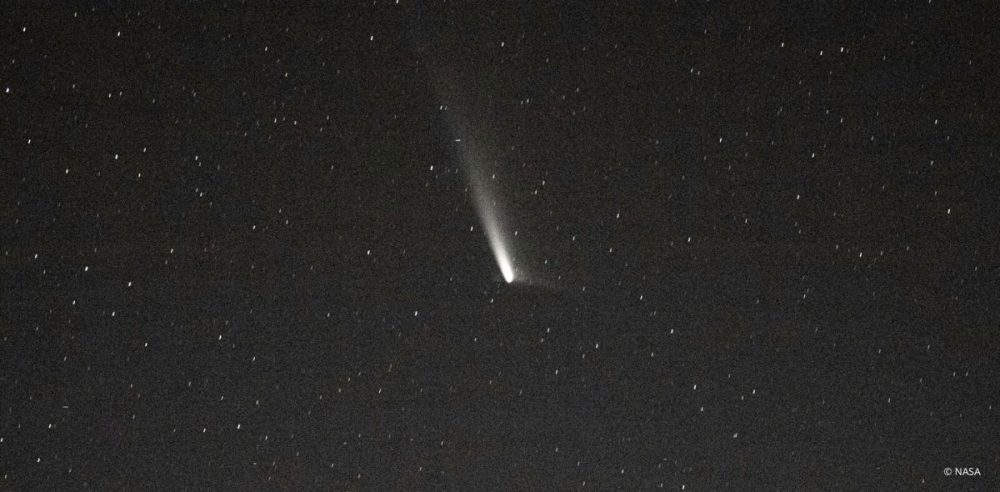Skywatchers with a keen eye may be able to catch a glimpse of a once-in-a-lifetime event as the Comet A3 Tsuchinshan-ATLAS makes its closest pass to Earth in 80,000 years.
The comet, which is said to be extra-brilliant with a long tail, first became visible in the night sky on October 9. It will increase in visibility through October 12 when it makes its closest approach to Earth, coming within about 44 million miles of our planet.
“Bright comets are always spectacular, and this one will be the brightest comet since 2006,” Bill Cooke, the lead of NASA’s Meteoroid Environment Office, told the Seattle Times. “It’s certainly worth a look.”
Although the comet will be visible to the naked eye, Cooke recommended using binoculars or a telescope for the best view. It will continue to be visible until the end of the month but will decrease in brightness each day as it moves farther away.
Made of rock, ice, and frozen gases, the comet originated from the frozen debris of the Oort Cloud, at the outer edge of our solar system, according to Smithsonian Magazine. Though it will appear as a tiny speck to Earth-bound observers, the comet’s tail spans roughly 18 million miles.
Previously, astronomers had predicted that the comet would splinter as it got closer to our planet, but instead, it has managed to stay intact as it journeys across the sky.
The best time for viewing is just after sunset when it will appear in the Western sky near the constellation Virgo, just a few degrees above the horizon.
Comet A3 Tsuchinshan-ATLAS was first discovered last year and was named after its discoverers, per tradition. Astronomers at the Tsuchinshan Observatory first spotted the comet in January 2023, and it was captured a month later by the ATLAS telescope in South Africa.


